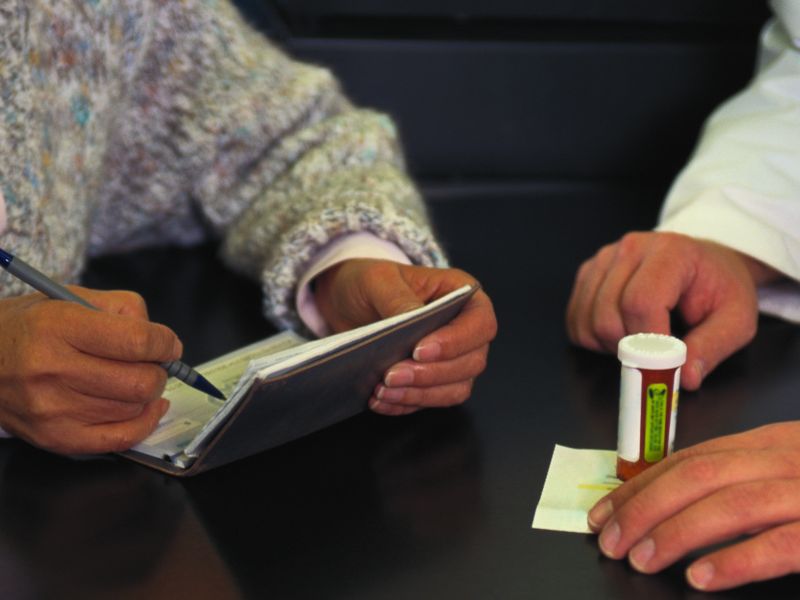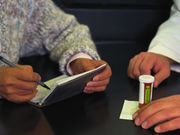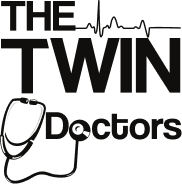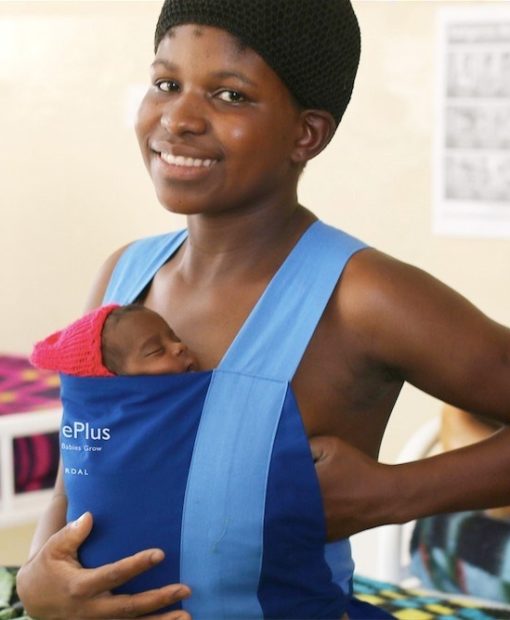High Drug Prices in U.S. Due to Monopolies
Study indicates that letting Medicare and Medicaid negotiate pricing would likely help bring high drug prices down, researchers say

High Drug Prices are Crippling Americans
Prescription drug prices are skyrocketing in the United States, with high drug prices being due in large part to government regulations, a new analysis finds. These regulations allow drug manufacturers to charge monopolistic prices that aren’t opposed by competing market forces, the researchers believe. The result? For each person in the United States, $858 was spent on prescription drugs, compared with an average of $400 per person across 19 other industrialized nations. Prescription medications now comprise an estimated 17 percent of overall health care expenses, the authors of the new report said.
Drug makers charge high prices for drugs thanks largely to “market exclusivity” regulations intended to allow them to recoup the research and development costs for new breakthrough medications, said senior author Ameet Sarpatwari. He’s an instructor at Harvard Medical School and the Harvard T.H. Chan School of Public Health in Boston. The companies can do this largely unopposed because the nation’s largest health insurers — Medicare and Medicaid — aren’t allowed to negotiate prices, he added. Those insurance programs cover one out of every three Americans, but under federal law must pay whatever price the drug makers charge. “Without giving them that power, we’re sort of shooting ourselves in the foot,” Sarpatwari said. “It is one of the reasons why we don’t have as low prices as we could during that exclusivity period.”
Public outrage over high drug prices and price gouging has made headlines in recent years:
- Mylan Pharmaceuticals is under fire this week for increasing the cost of the EpiPen from about $57 in 2007 to more than $500 today, potentially placing allergy sufferers at risk, according to Forbes.
- Turing Pharmaceuticals increased the price of the anti-malaria drug Daraprim by 5,000 percent last year, charging $750 per pill for a drug that used to cost $13.50 per pill, according to the study.
- The cost of hepatitis C drugs manufactured by Gilead became a presidential campaign issue last week, with Democratic nominee Hillary Clinton criticizing the company for charging $900 to $1,000 per pill, according to UPI.
A drug company industry group, the Pharmaceutical Research and Manufacturers of America, didn’t respond to an emailed request for comment on the new analysis. Between 2013 and 2015, net spending on prescription drug prices increased about 20 percent in the United States, outstripping a forecast 11 percent increase on all health care costs combined, the authors said in background notes. These high prices affect consumers, even those with insurance, Sarpatwari said. Insurance companies have started placing more high-dollar drugs onto higher tiers of their medication coverage, which requires a larger co-pay for each prescription. “That is hitting consumers hard,” he said, noting that the result is poorer health. “The higher the cost of the medication, the poorer the adherence to the medication because people can’t afford to take their medicines.”
Sarpatwari and his colleagues argue that market exclusivity is the most important factor allowing drug makers to set high prices for brand-name drugs. Upon approval of a new drug, the U.S. Food and Drug Administration (FDA) sets a period of market exclusivity that can last from five to 12 years, the authors said. During that period, no low-cost generic version of that drug can be sold. Exclusivity regulations are being exploited through tactics like “evergreening” and “hard switching,” Sarpatwari said. “Evergreening” occurs when drug companies renew their market exclusivity for a product by patenting a new version that is slightly different, Sarpatwari said.
According to Gina Moore, assistant dean for clinical and professional affairs with the University of Colorado’s School of Pharmacy and Pharmaceutical Sciences, “We see that consistently with drugs that are about to come off-patent.” Moore said that “the drug company will make a trivial change to a drug they have on-patent, and then promote that newer medicine as being superior to the earlier version, even though it has limited clinical benefits.”
Sarpatwari explained that in “hard switching,” manufacturers stop selling an older drug about to go generic and replace it with a new high-price market-exclusive product. “When the generic version of the prior drug goes onto the market, many patients wouldn’t automatically be taken onto it because they’re now prescribed the new product,” Sarpatwari said. Consumers could fight back against these high prices by refusing to pay them, but that’s not an option for the nation’s largest health insurance plan, he added. Medicare covers more than 55 million people, and Medicaid programs cover more than 70 million. But federal law prevents the U.S. Centers for Medicare and Medicaid Services from negotiating drug prices with pharmaceutical manufacturers, Sarpatwari said. Moore pointed out that most other countries allow their government health programs to negotiate drug prices. Americans pay more because their ability to push back is hampered.
Katherine Hempstead is a senior advisor who leads the Robert Wood Johnson Foundation’s work on health insurance coverage. She said, “Some people would probably say we are subsidizing drug development for the rest of the world.” Sarpatwari and his colleagues said that the FDA needs to apply more stringent requirements on the award and extension of exclusivity rights.
In addition, Congress should reconsider allowing Medicare and Medicaid to negotiate drug prices, rather than forcing the programs to pay whatever pharmaceutical manufacturers demand, the authors stated. Meanwhile, Hempstead said, other efforts are underway that could help lower drug prices. For example, the non-profit Institute for Clinical and Economic Review has started performing cost-effectiveness analyses of pharmaceutical drugs, which can help insurance companies and doctors steer patients to medications that cost less but are as effective as expensive alternatives, Hempstead said. “Right now it’s a fertile time where people are trying to do a lot of things to address rising drug prices,” she said.
In addition, Sarpatwari suggested, regulators also can take steps to make sure generic versions are available when a drug’s exclusivity lapses, and promote the availability of more than one generic alternative. “In terms of palatable options for reform, the major policies we need to consider are ensuring there is early access to generic drugs, and that means tackling how we view this exclusivity system and what we want to provide exclusivity for and making sure that system is not abused,” he said.
The study was published in the Aug. 23/30 issue of the Journal of the American Medical Association.
For more on new drug product exclusivity, visit the U.S. Food and Drug Administration.






 May 19, 2018
May 19, 2018 



 December 13, 2016
December 13, 2016 
